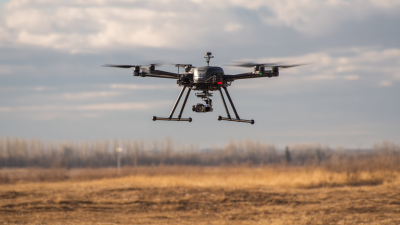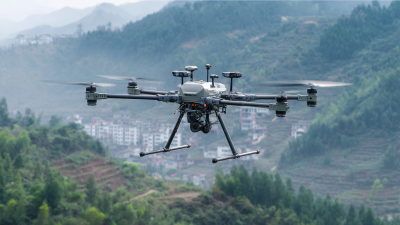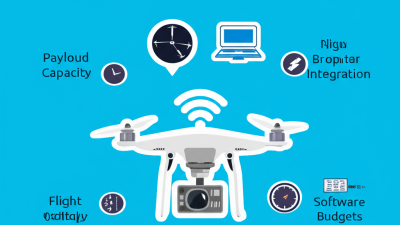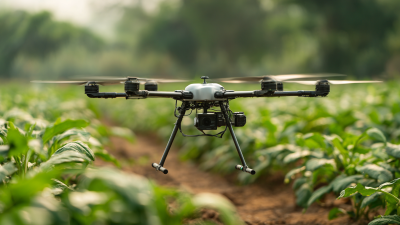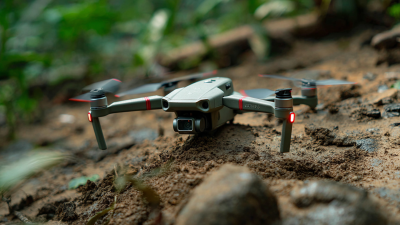Leave Your Message
The rapid advancement of technology has catalyzed the integration of UAVs (Unmanned Aerial Vehicles) into various sectors, revolutionizing the way industries operate. According to a recent report by MarketsandMarkets, the UAV market is projected to reach USD 58.4 billion by 2026, growing at a compound annual growth rate (CAGR) of 14.6%. This surge is driven by the increasing demand for drones in applications such as agriculture, construction, and logistics, where they enhance efficiency, reduce costs, and improve safety.
In the agricultural sector, UAVs have emerged as a vital tool for precision farming, enabling farmers to monitor crops and optimize inputs like water and fertilizers. A study by the European Commission indicates that using UAVs can potentially increase crop yields by up to 30% while minimizing resource waste. Meanwhile, in the construction industry, UAVs facilitate site surveying, project monitoring, and safety inspections, leading to enhanced operational workflows and reduced timeframes. As businesses increasingly recognize the myriad capabilities of UAVs, their adoption is likely to become even more prevalent. The benefits of UAV technology are not just confined to immediate operational advantages; they are integral to fostering innovation and sustainability in modern industry practices.
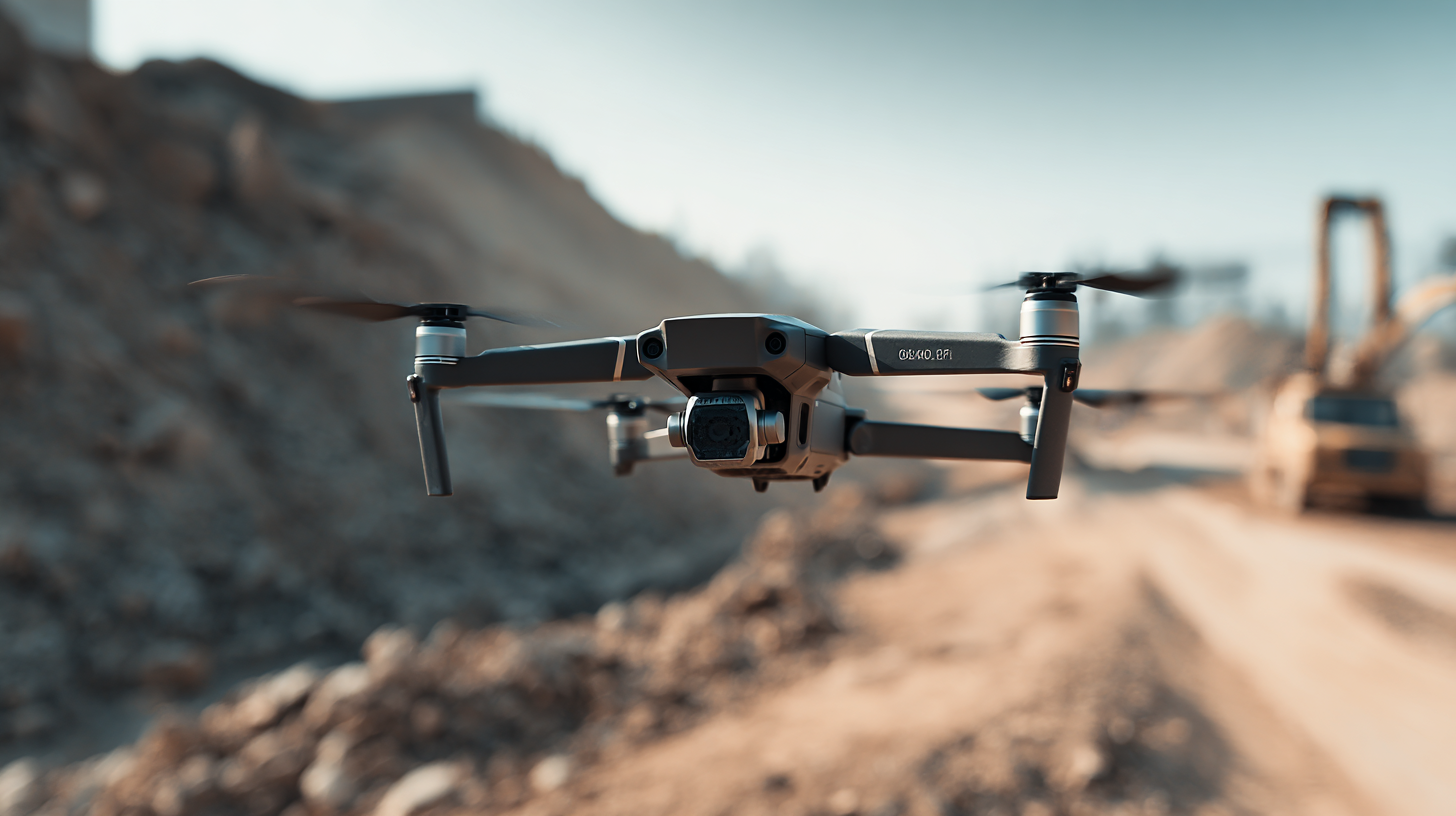
Unmanned Aerial Vehicles (UAVs) are revolutionizing operational efficiency across various industries, significantly reshaping the way businesses manage tasks and resources. In agriculture, for instance, a report by MarketsandMarkets estimates that the agricultural drone market will grow from $1.2 billion in 2020 to $4.8 billion by 2025. UAVs enable farmers to conduct precision agriculture by providing real-time data for crop health monitoring, which reduces resource wastage and enhances yield optimization. This capability translates to operational savings and improved production rates.
Similarly, in the logistics sector, the integration of UAVs is drastically enhancing supply chain operations. According to a report by McKinsey, companies employing drone delivery systems can increase delivery speeds by up to 80%. Drones can bypass road traffic, reaching remote locations quickly and efficiently. This operational efficiency not only shrinks delivery times but also reduces transportation costs, making businesses more competitive in a fast-paced industry. The ability to streamline operations through UAVs is proving essential as industries strive to enhance efficiency and reduce overhead expenses.
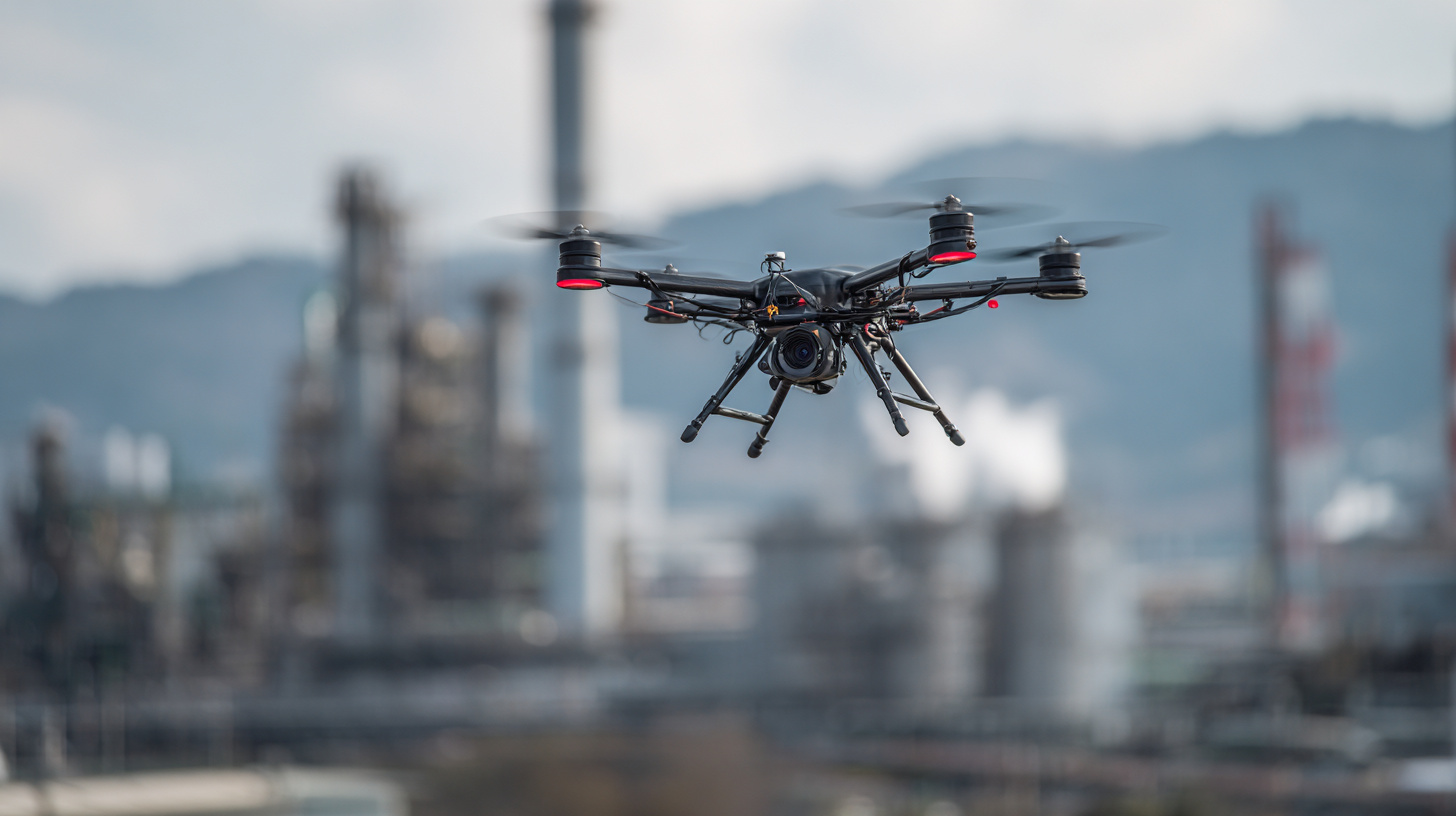
Unmanned Aerial Vehicles (UAVs) are rapidly transforming various industries by significantly reducing costs while enhancing operational efficiency. In warehousing and last-mile delivery, the integration of autonomous drones is proving to be a game-changer. By automating inventory management, companies have reported labor reductions of up to 60%, demonstrating how UAVs can streamline processes and reduce human error in supply chains.
Tips: When considering UAV implementation, assess your operational challenges and identify areas where automation could yield the highest efficiency gains. Engage with teams to customize drone technology for specific industry needs.
Moreover, the agricultural sector is witnessing a revolution as precision agriculture drones offer innovative solutions for crop monitoring and data collection. This technology not only minimizes labor costs but also maximizes yield through meticulous analysis and timely interventions.
Tips: Start small when integrating UAVs into your operations. Pilot programs can help gauge the effectiveness of drone technology while allowing for adjustments based on real-world results. Collaborate with experts to ensure you’re leveraging the most suitable drone applications for your specific requirements.
This chart illustrates the cost reduction achieved through the implementation of Unmanned Aerial Vehicles (UAVs) across various industries. The data represents estimated percentage savings in operational costs when using UAV technology for tasks such as surveying, inspection, and delivery.
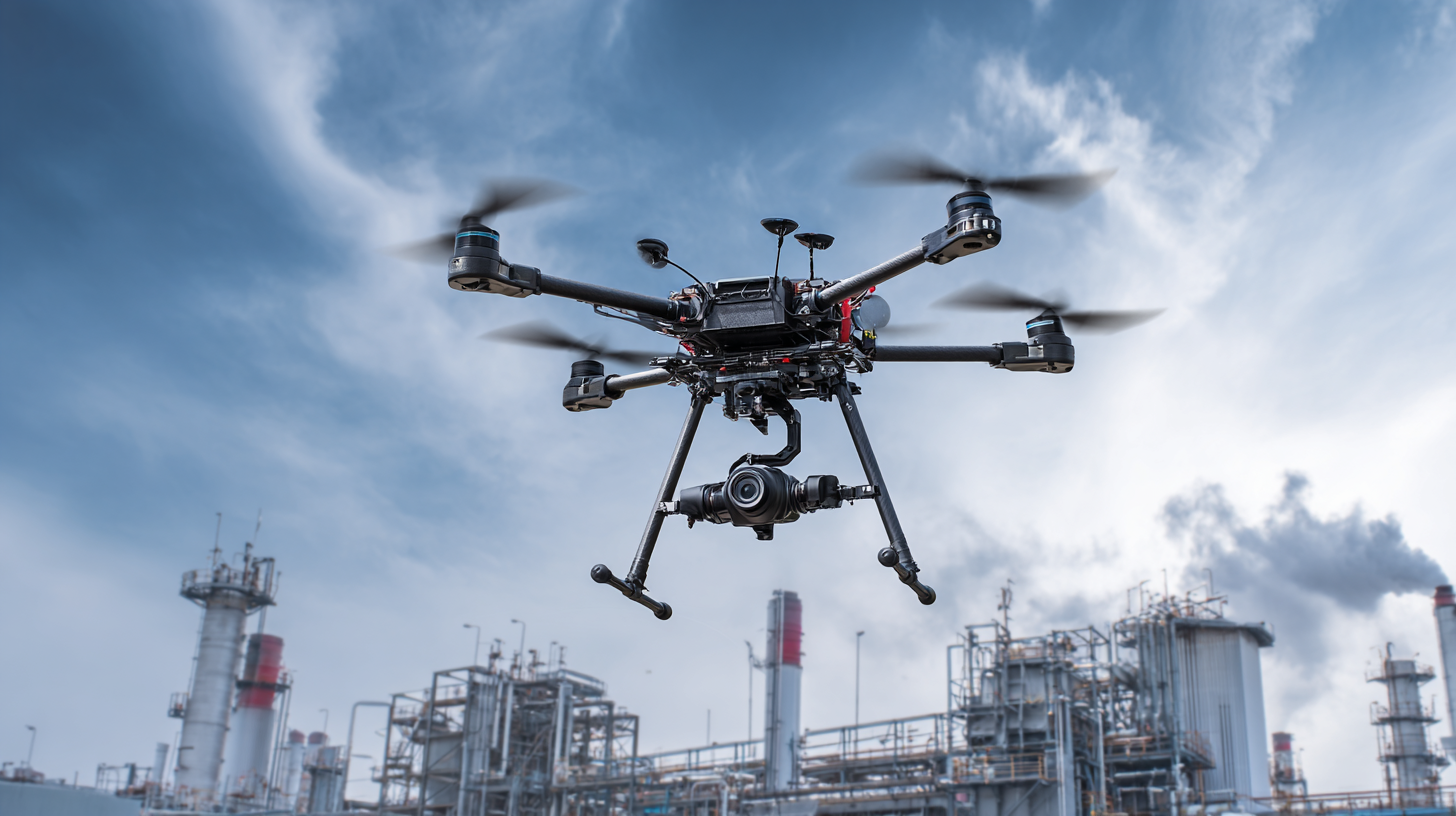 The integration of UAVs, or unmanned aerial vehicles, into modern industry has revolutionized data collection and analysis. These advanced technologies enable businesses to gather real-time information with remarkable precision and efficiency. The commercial drone market is experiencing significant growth, with projections indicating its value could reach approximately $1.04561 billion by 2033, growing at a compound annual growth rate (CAGR) of 32%. This is fueled by increasing applications across various sectors, including agriculture, construction, and logistics, where UAVs enhance operational efficiency.
The integration of UAVs, or unmanned aerial vehicles, into modern industry has revolutionized data collection and analysis. These advanced technologies enable businesses to gather real-time information with remarkable precision and efficiency. The commercial drone market is experiencing significant growth, with projections indicating its value could reach approximately $1.04561 billion by 2033, growing at a compound annual growth rate (CAGR) of 32%. This is fueled by increasing applications across various sectors, including agriculture, construction, and logistics, where UAVs enhance operational efficiency.
In addition to hardware advancements in drones, the software market is also expanding rapidly. By 2032, it is anticipated that the global UAV software market will play a critical role in enhancing data analytics and operational performance across industries. With the ongoing integration of artificial intelligence, drones are becoming more autonomous and data-driven. This trend not only improves data accuracy but also supports decision-making processes, making UAVs invaluable tools in today's data-centric business environment. As the technology continues to evolve, the potential applications and benefits will only expand, transforming industries and enhancing overall productivity.
Unmanned Aerial Vehicles (UAVs) are revolutionizing industries by enhancing safety protocols, particularly in hazardous environments. Utilizing UAVs for tasks such as inspections, surveillance, and delivery reduces the risk to human workers significantly. They can access areas that are dangerous or difficult to navigate, such as construction sites, disaster zones, or industrial plants, providing real-time data and assessments without putting lives at risk.
Tip: When deploying UAVs in hazardous settings, it’s crucial to conduct thorough pre-flight checks and ensure the team is trained in operating these drones efficiently. Familiarize yourself with the specific challenges of the environment to develop tailored operational strategies.
UAVs are also equipped with advanced sensors and cameras, enabling them to detect gas leaks, monitor structural integrity, and assess environmental hazards. This capability not only improves safety but also enhances the accuracy of data collection, allowing for timely interventions and maintenance.
Tip: Integrate UAV data with your existing safety management systems to create a comprehensive risk assessment framework. This fusion of technology can lead to smarter decision-making based on real-time insights and predictive analytics, thereby further minimizing risks in hazardous sectors.
Unmanned Aerial Vehicles (UAVs) are revolutionizing various industries by offering innovative solutions that enhance traditional business models. In agriculture, for instance, UAVs equipped with advanced sensors and imaging capabilities allow farmers to monitor crop health and yield in real-time. This precision farming approach enables the efficient application of resources, minimizing waste and maximizing productivity. The ability to collect and analyze data quickly transforms decision-making processes, ultimately leading to increased profitability.
In logistics and supply chain management, UAVs are changing the way goods are delivered. Companies are increasingly adopting drone technology for last-mile delivery, significantly reducing transit times and operational costs. Drones can navigate challenging terrains and reach remote locations that are difficult for conventional vehicles, providing a competitive edge in the market. Furthermore, the integration of UAVs in these sectors not only enhances efficiency but also leads to innovative customer service models, where rapid delivery and real-time tracking become the norm, thereby improving overall customer satisfaction.
